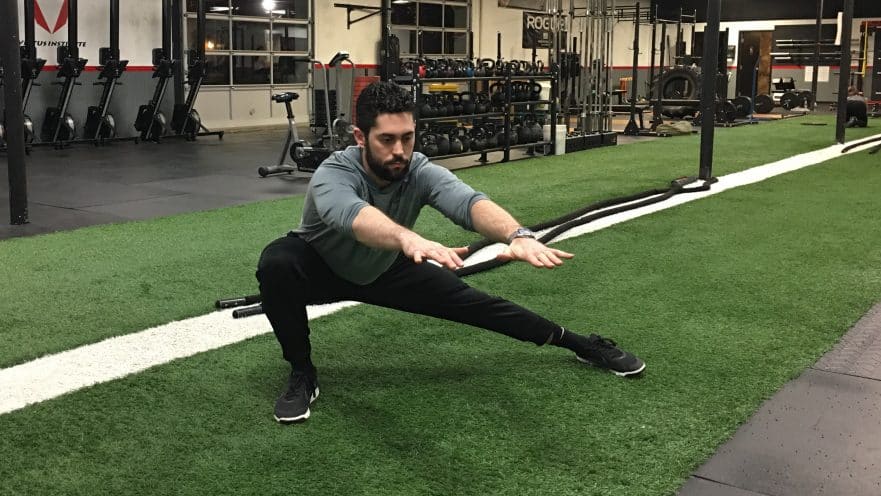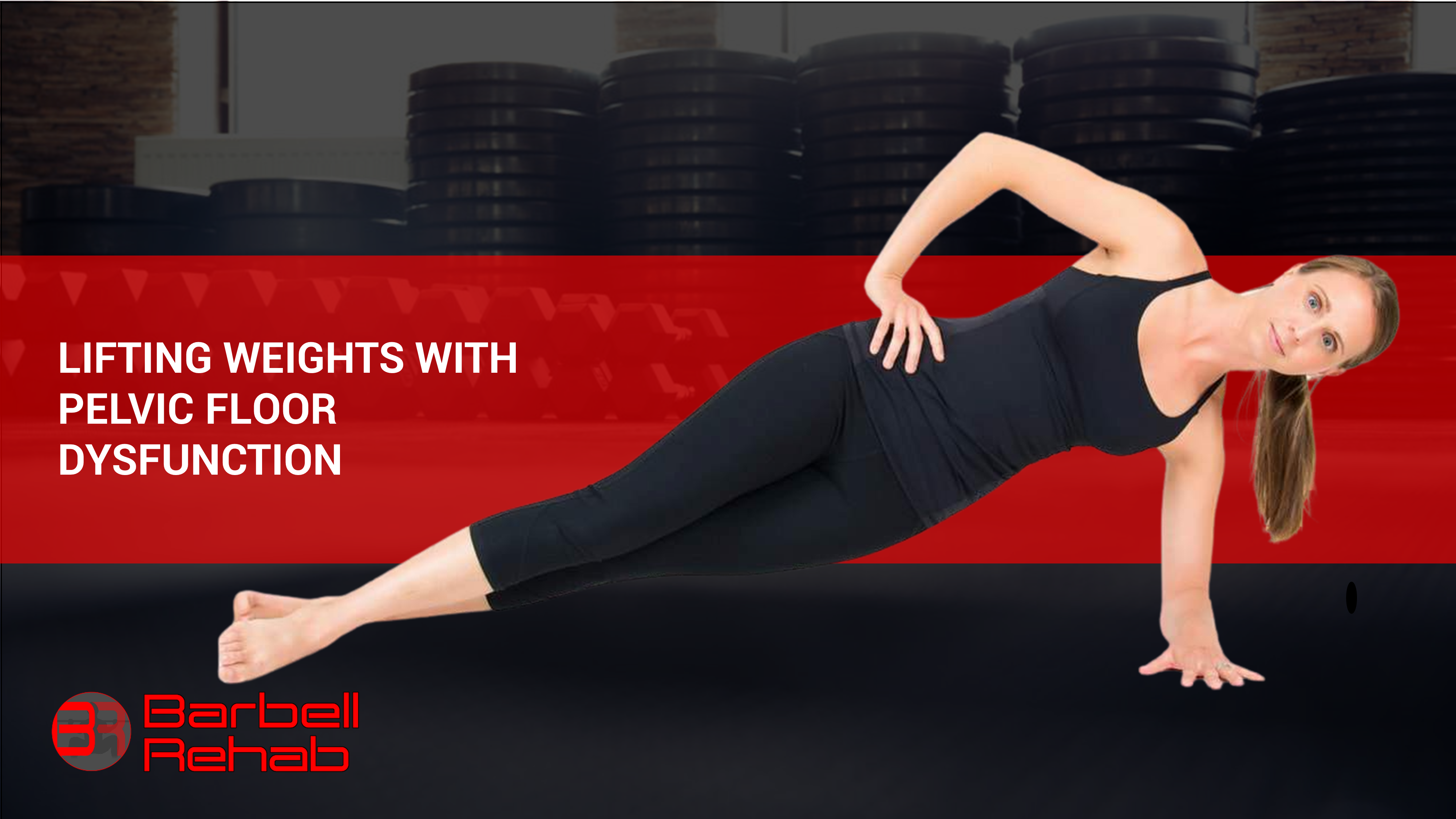The push for mobility drills in the fitness and rehabilitation world today is strong. From people who are relentlessly searching for the “magic bullet” drill to finally solve all of their mobility issues, to others who aimlessly flop around on a foam roller for a half hour, it is clear that we need a radical change.
Mobility work can be an addiction, producing a profound temporary fix that seems to go away shortly after. Because you crave that sensation, you keep doing the same thing, day after day, despite no real sustainable progress. To understand why this is happening, you first need to understand what mobility work actually does.
You Aren't a Delicate Flower
When you perform a mobility drill, be it a joint mobilization or a stretch, any kind of rapid improvement in flexibility or range of motion you experience cannot be due to a change in body structure. Why? Because you aren’t a delicate flower.
You’re more resilient than that! It takes a lot more force, over a sustained period of time, for multiple sessions, to cause actual physiological tissue adaptation.
So those of you who are out there trying to break up your “scar tissue” or “fascial adhesions” with your foam roller, metal tool, or lacrosse ball, it may be time to reconsider what you are actually doing.
How Do Mobility Drills Really Work?
Here’s the truth. Mobility drills don’t work by removing adhesions or lengthening tissue, they just tell the nervous system to decrease muscle tone temporarily, giving you instant access to new mobility!
This is why you find yourself stretching, foam rolling, and mobilizing every single day only to feel good for a short while. Shortly after performing the drill, the nervous system resets to its original state. Fortunately, there is a way to achieve more permanent changes from your mobility work.
Perform Loaded Movements to Lock in Mobility
While the mobility drill itself can do wonders at creating an instant improvement in range of motion or flexibility, in order to begin to promote more permanent change and make it “stick” we need to load it immediately after! It is repeatedly performing a loaded movement in the new mobility range that will cause the permanent tissue adaptation you’re looking for!
For example, do you continually find yourself unable to perform a deep squat because of limited ankle dorsiflexion? Try performing a mobilization such as the lateral tibial glide by holding your foot steady and repeatedly moving your leg outwards. This will work to temporarily free up some ankle mobility that can be solidified by immediately performing a loaded squat!
Conclusion
Stop haphazardly flopping around on your foam roller and stretching every day without any rhyme or reason. Without immediately performing a loaded exercise after, mobility work is pointless. Mobility drills are not beneficial because they create a change in structure, they simply allow you to perform a loaded exercise more effectively, something that, over time, WILL cause permanent tissue adaptation.





